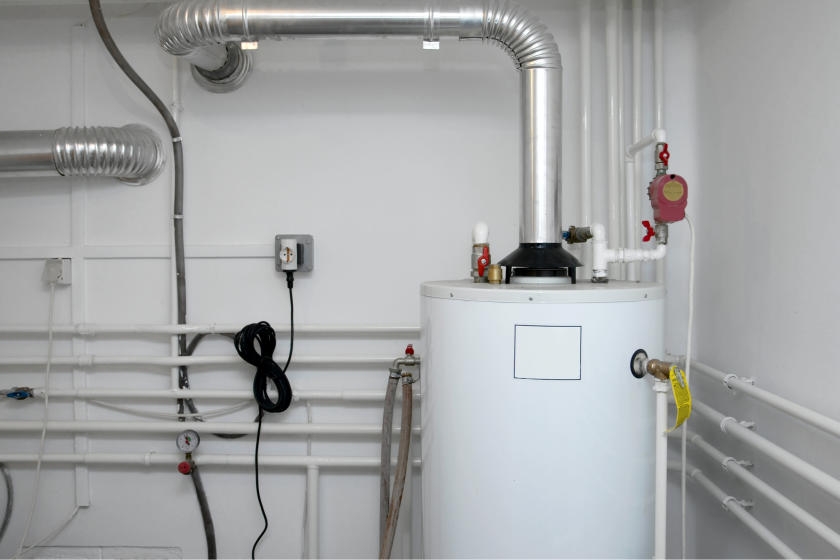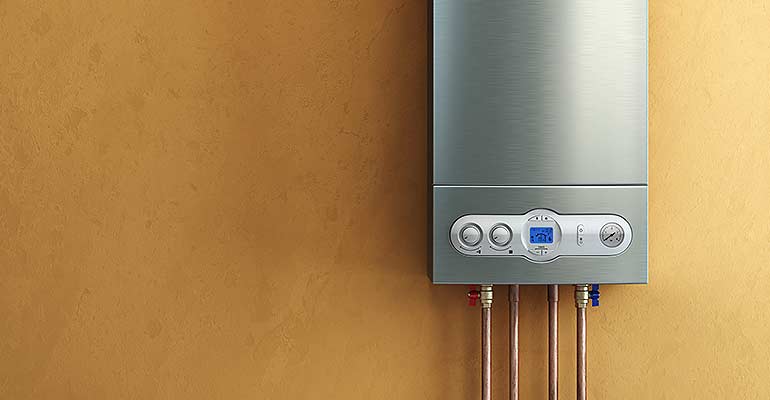Making Sure Durability of Your Home's Hot Water System: Maintenance Tips
Making Sure Durability of Your Home's Hot Water System: Maintenance Tips
Blog Article
Just how do you really feel about Tips For Maintaining Your Hot Water Heater?

Hot water is essential for day-to-day convenience, whether it's for a rejuvenating shower or washing dishes. To guarantee your warm water system runs efficiently and lasts much longer, routine maintenance is vital. This post supplies useful tips and understandings on exactly how to maintain your home's warm water system to avoid disturbances and pricey repair work.
Intro
Preserving your home's hot water system could seem complicated, however with a couple of easy actions, you can ensure it runs smoothly for many years to come. This overview covers everything from recognizing your hot water system to do it yourself upkeep suggestions and recognizing when to hire professional assistance.
Relevance of Maintaining Your Warm Water System
Normal maintenance not just expands the life expectancy of your warm water system but additionally ensures it runs efficiently. Neglecting upkeep can lead to reduced performance, higher energy expenses, and even premature failing of the system.
Indicators Your Hot Water System Requirements Upkeep
Recognizing when your hot water system needs interest can protect against major problems. Keep an eye out for signs such as inconsistent water temperature, unusual sounds from the heater, or rustic water.
Comprehending Your Warm Water System
Prior to diving into maintenance tasks, it's valuable to comprehend the standard parts of your warm water system. Generally, this consists of the water heater itself, pipes, anode rods, and temperature controls.
Regular Monthly Maintenance Tasks
Routine regular monthly checks can help catch minor problems before they intensify.
Purging the Hot Water Heater
Purging your hot water heater removes debris build-up, improving efficiency and extending its life.
Monitoring and Changing Anode Rods
Anode rods protect against deterioration inside the storage tank. Checking and changing them when worn is crucial.
Examining and Readjusting Temperature Level Setups
Readjusting the temperature settings makes sure optimum performance and safety.
DIY Tips for Maintenance
You can perform several upkeep jobs on your own to keep your hot water system in top condition.
Looking for Leaks
Frequently examine pipes and connections for leaks, as these can bring about water damages and greater costs.
Checking Stress Relief Valves
Examining the stress safety valve ensures it functions properly and avoids excessive stress accumulation.
Protecting Pipes
Shielding hot water pipelines minimizes warm loss and can save power.
When to Call an Expert
While DIY upkeep is advantageous, some issues call for expert proficiency.
Facility Problems Calling For Professional Help
Instances include major leakages, electrical troubles, or if your water heater is continually underperforming.
Routine Specialist Maintenance Conveniences
Expert upkeep can include thorough examinations, tune-ups, and ensuring conformity with safety requirements.
Conclusion
Normal maintenance of your home's warm water system is important for efficiency, long life, and cost financial savings. By following these ideas and recognizing when to look for expert help, you can make sure a reliable supply of warm water without unexpected interruptions.
How to Maintain an Instant Hot Water Heater
Before tinkering with your hot water heater, make sure that it’s not powered on. You also have to turn off the main circuit breaker and shut off the main gas line to prevent accidents. Also turn off the water valves connected to your unit to prevent water from flowing into and out of the appliance. 2. When you’re done, you have to detach the purge valves’ caps. These look like the letter “T†and are situated on either side of the water valves. Doing so will release any pressure that has accumulated inside the valves while at the same time avoid hot water from shooting out and burning your skin. 3. When the purge valves’ caps are removed, you have to connect your hosing lines to the valves. Your unit should have come with three hoses but if it didn’t, you can purchase these things from any hardware or home repair shops. You can also get them from retail stores that sell water heating systems. Read the user’s manual and follow it to complete this task properly. When the hosing lines are connected, open the purge port’s valves. 4. You should never use harsh chemical cleaners or solutions when cleaning your unit. Make use of white vinegar instead. It should be undiluted and you’ll probably use about 2 gallons. 5. Now flush your water heater. This task should probably take about 40 minutes. We can’t give you specific directions for this because the procedure is carried out depending on the type, model and brand of your heater. With that being said, refer to the user’s manual. 6. When you’re done draining the unit, you have to turn off the purge port valves again. Remove the hosing lines that you earlier installed on each of the water valves. Put the valve caps (purge port) back in their respective places and be very careful so as not to damage the rubber discs that are found inside these caps. 7. Now that everything’s back in place, check your user’s manual again to find out how to reactivate your water heating system. 8. Once it is working, turn one of your hot water faucets on just to let air pass through the heater’s water supply pipes. Leave the tap on until water flows smoothly out of it. https://www.orrplumbing.com/blog/2014/september/how-to-maintain-an-instant-hot-water-heater/

As a keen person who reads on How to Maintain a Hot Water Heater in a Few Simple Steps, I assumed sharing that article post was a good thing. In case you enjoyed reading our blog entry please don't forget to share it. Many thanks for going through it.
Click Here Report this page